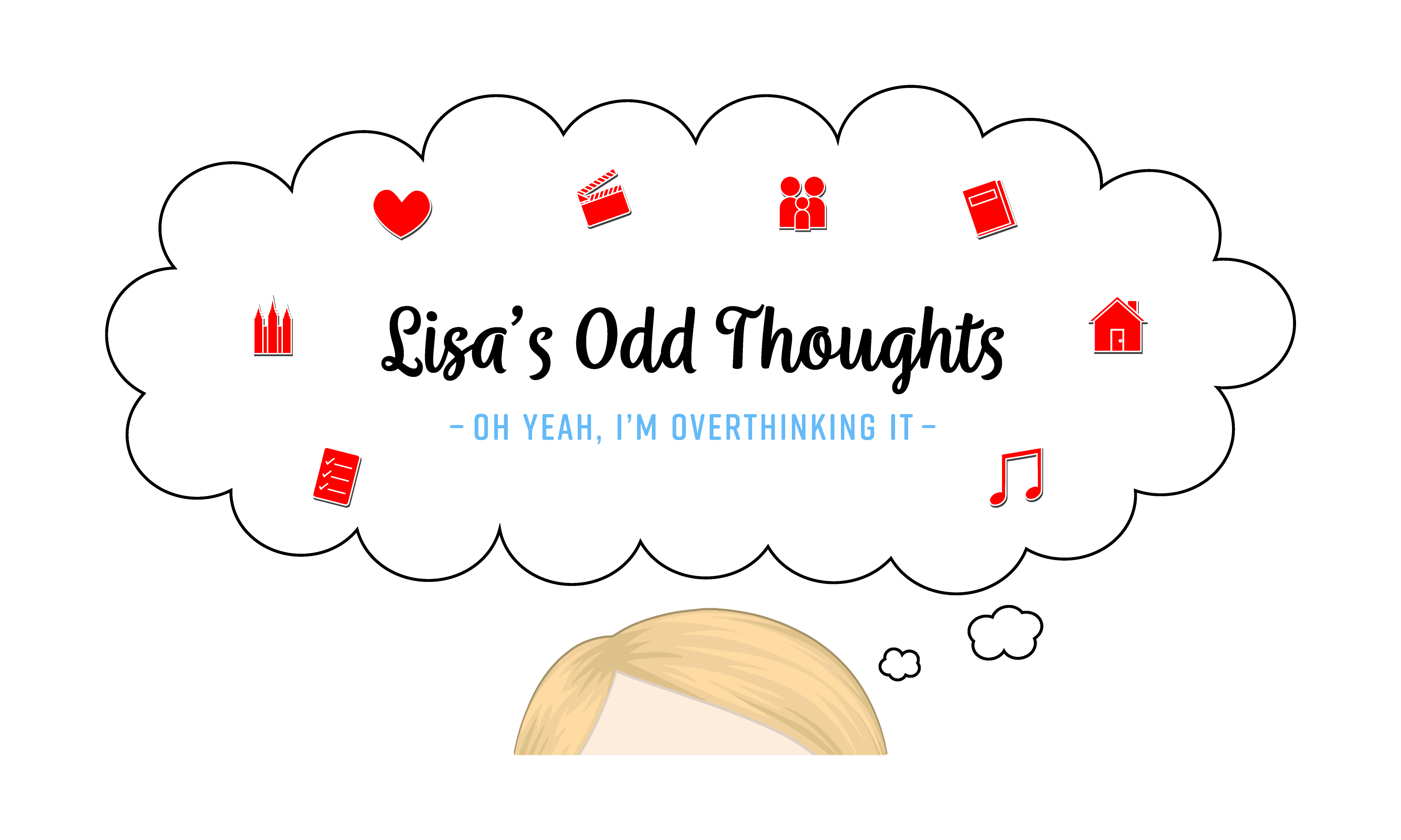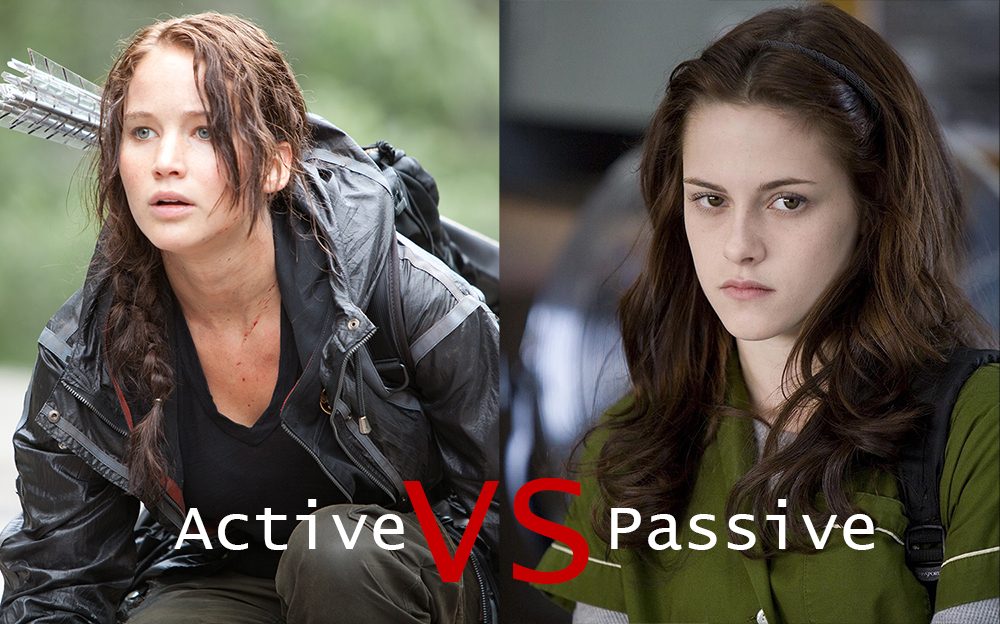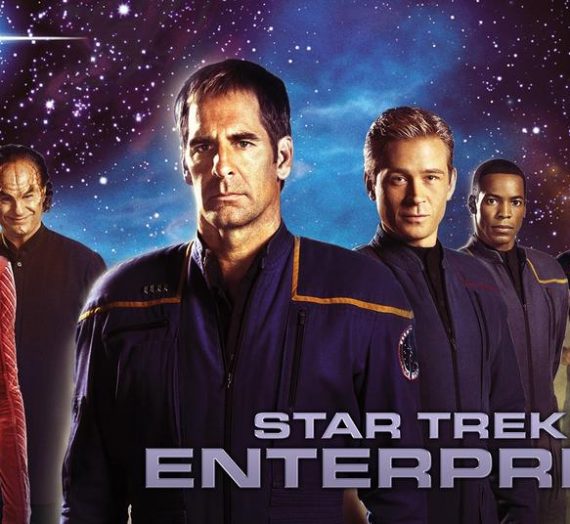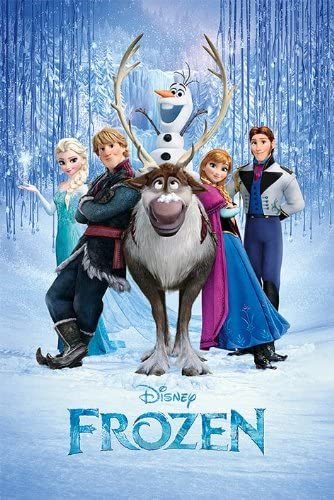Noveling Tips Just for Funsies
I recently discussed with a writer friend of mine this unfortunately-common problem I see in stories: Passive Characters Who Don’t Affect the Plot.
Unfortunately I’ve seen authors get so wrapped up in their incredible worlds, their detailed and whimsical settings, that they neglect the most important aspect of the story: the main character. Instead of active characters who shape the story, too often I see passive characters who simply exist in this really awesome environment. These characters float through this world, like a raft drifting downstream without a paddle, and get swept away wherever the setting takes them.
Are big, exciting things happening in the novel? Yes, of course. But the problem exists when a character doesn’t cause those exciting things, only reacts to them.
Specifically good characters’ choices CAUSE future events to happen.
These active characters purposely alter the plots of their stories. Note that when I describe a character as “active” I don’t mean they are physically powerful or that they exercise a lot. I mean they actively make decisions and take action!
How can you spot an active character? If you put down a novel thinking, “If Character didn’t do that Thing, then none of this would have ever happened!” then you’ve found your guy.
Let’s look at a couple literary examples of both active and passive characters:
Active Character: Katniss Everdeen (Hunger Games)
Katniss in Hunger Games is super active and nearly everything she does affects the next move from her antagonists. In the first book, her three most significant actions are HUGE and absolutely direct the following storyline both in that specific book and throughout the rest of the series.
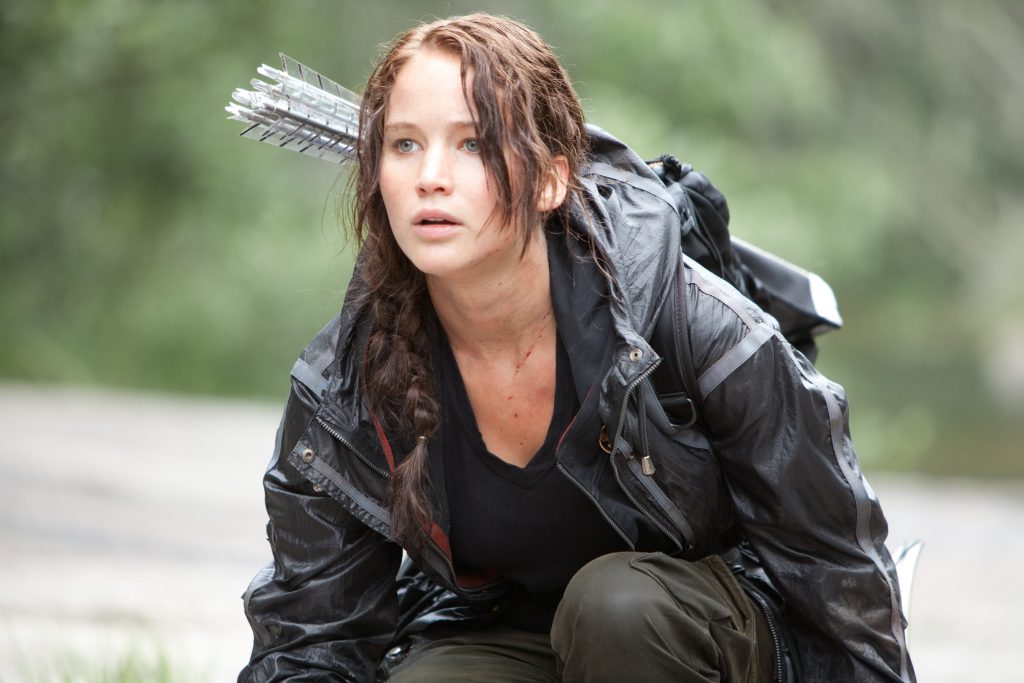
- She volunteers to take her sister’s place as tribute in the Games, which is the catalyst for the entire series; therefore the entire series wouldn’t exist if she hadn’t stepped up and done this.
- She fakes her relationship with Peeta in order to gain favor with the fans which again drastically affects the entire rest of the series, both for her actual relationship with Peeta and with her celebrity image.
- She threatens to commit double suicide with Peeta at the end of the Games, which inadvertently manipulates the Gamemakers and the entire system, which also sets up the sequel.
Katniss is a great character who deserves an entire article devoted to her, but for our current purposes I’ll be brief and simply emphasize that she actively affects the story’s future. If it had been anyone else in that arena, then the entire serious would have been vastly different.
Active Character: Frodo Baggins (Lord of the Rings)
Lord of the Rings is a complex work with lots of moving pieces, characters, and big events to follow. I specifically chose to highlight Frodo here because he’s a perfect example of one who makes really active choices that drastically impact the plot, but at the same time realistically reacts to many outside forces as well–thus he is pleasantly well-balanced and realistic (as realistic as a hairy-footed Hobbit in Middle Earth destroying a magical ring can be, of course).
Lord of the Rings is rather special in this way in that most characters fit this description; everyone gets a brief turn to make a giant splash in the Middle Earth pool and cast far-reaching ripples, and then they pull back again. I could talk about this for ages, but in the name of brevity we’ll focus just on Frodo for the time being.
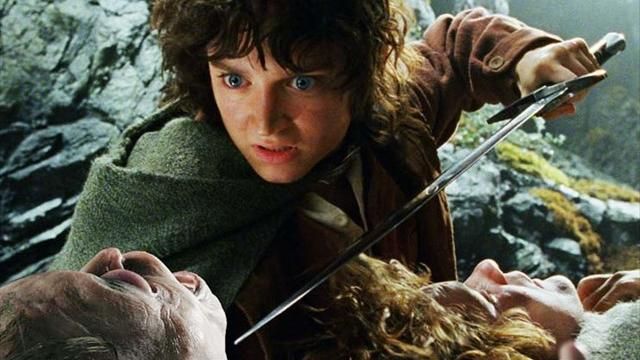
- Frodo stands up in the Council of Elrond and volunteers to carry the Ring to Mordor.
- He chooses to lead the Fellowship through Moria, resulting in Gandalf’s death (this is a great moment showing that even good-guy characters can make active choices with negative outcomes, which is just all that more heartbreaking for us to endure with them).
- He decides to leave the Fellowship behind and continue to Mordor alone (with Sam, of course).
- When faced with the question of what to do with Gollum, Frodo chooses to trust the creature and enlist his help.
A cool note about Frodo is that as the story progresses and he gets closer and closer to his goal of destroying the ring, his actions become less and less active and more and more reactive. That’s specifically because the forces of Sauron (and other antagonists like Gollum) are getting stronger and therefore throwing out more obstacles that Frodo must then react to.
It also mirrors Frodo’s own arc and slow descent to being overtaken by the evil of the ring, losing more and more of himself and his own assertiveness as the ring gets more and more powerful.
Passive Character: Bella Swan (Twilight)
Bella Swan from Twilight is notoriously disliked, but I find that too many readers conflate the series’ infamous silliness (like the sparkly vampires) with Bella’s personal character flaws. Let me set the record straight: Bella isn’t a good character because she doesn’t make any active choices and doesn’t affect the plot in any way, not because you think the vampire-werewolf-human love triangle is silly.
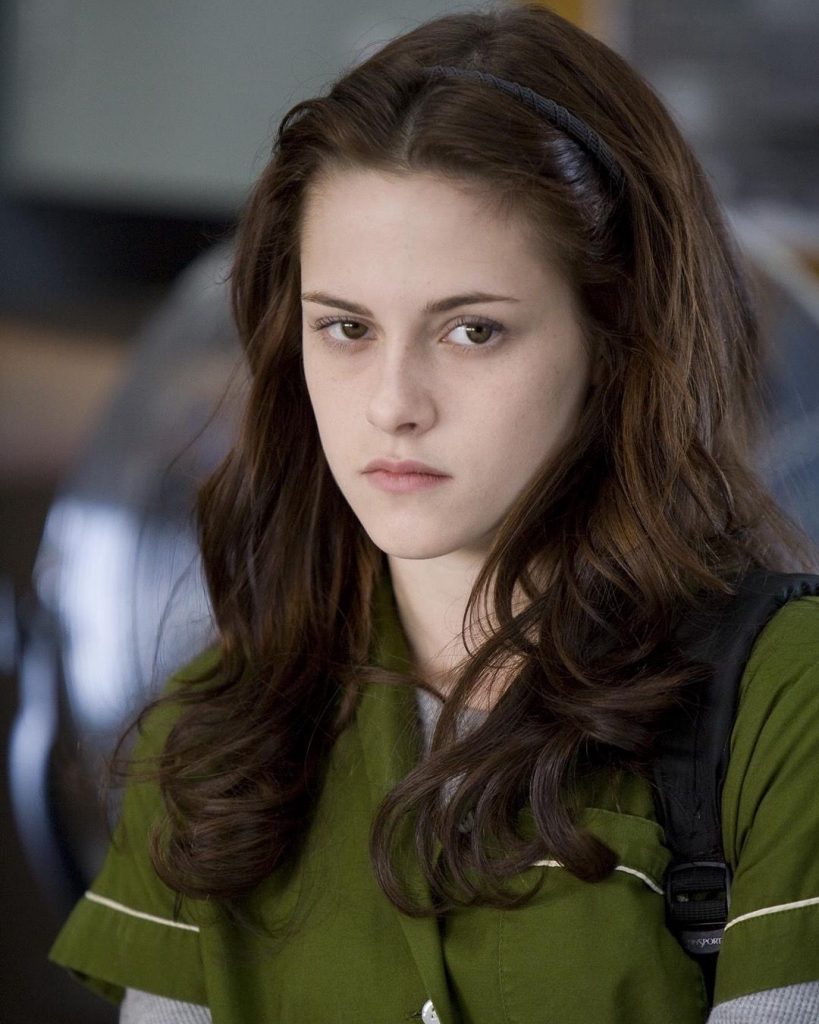
Look at the plot of Twilight and see how much of it isn’t affected by any of Bella’s choices or actions.
- The school’s mysterious Hot Guy gets the hots for Bella and tries to avoid her, but then gives up that idea and instead pursues her.
- A random car in the school parking lot almost crushes her and said Hot Guy mysteriously saves her. Then she finds out that he’s a vampire. Cool cool cool.
- She and Edward are super into each other. A lot. All the time.
- She meets the rest of his vegetarian-vampire family and learns all about this world’s vampirisms. Neat-o.
- Other, super nasty vampires show up. The meanest, nastiest of all of them gets a hankering for a Bella-burger and wants to eat her.
- The Cullen vampires all go about protecting her from the big baddie.
- Bella DECIDES (here’s her ONE big active moment! This is the one!) to sacrifice herself to the big baddie and in return he promises not to hurt her true love Edward.
- Edward and co. save her from the big baddie and kill him.
- Bella and Edward are still super into each other. A lot. All the time.
Notice in all of this Bella hardly actually DOES anything. The entire plot of the novel consists of her essentially being introduced to Edward and to the vampire world. End of story. Remember earlier when I talked about authors getting too wrapped up in the setting and world-building? Twilight is a perfect example of that.
And when she actually DOES something major, it is completely moot because Edward and co. completely subvert her “sacrifice” and kill the baddie anyway. Her single decision made absolutely zero impact on the plot.
Passive Character: Lightning McQueen (Cars)
Cars never really resonated with me and so I wasn’t super familiar with it until my toddler son discovered it and LOVED it! We watched that movie a LOT and when we moved into our new house that particular DVD had to stay at Grandma’s house…aw shucks!
But in all those rewatchings I found myself getting more and more annoyed with the main character, and not just because my son wanted to watch it two or three times a week. Lightning looks cool and flashy and the movie feels exciting because it’s all about race cars and the Piston Cup and all this cool stuff…but the entire plot is based on a lot of random happenstance; Lightning barely does anything while everything else happens to him.

- He ties for the Piston Cup and heads to California for a tie-breaker race.
- His trailer accidentally opens while he’s sleeping and he falls out. He accidentally goes the wrong way and accidentally gets lost.
- He accidentally thinks the cop car is shooting at him and so “serpentine” drives around, which causes a whole lot of damage.
- He is sentenced to fix the road he damaged.
- While doing so, he is charmed by the little town of Radiator Springs, makes a new best friend, gets the hots for a Porsche, and discovers that an old racing star, Doc Hudson, also lives in that town. What a coincidence! Overall, he learns to be a nice guy.
- He goes to his tie-breaker race, his new friends rally around him, and with his newfound niceness he is kind to the aging King race car. The end.
Note all the lucky accidents and coincidences here. None of these events are caused by Lightning himself, but instead Lightning just goes along with everything as it randomly happens. Frankly it makes the whole movie just sort of boring…unless you’re my two-year-old son who loves watching the race cars race!
Active or Passive Disney Princesses Link:
If you’re interested in more examples of active or passive characters, I wrote an article a couple years ago analyzing the Disney princesses and ranking them from least-active to most-active (Snow White is the least active where Ariel is the most). Here’s the link for you to check it out! https://nerdology.org/2015/05/truly-feminist-disney-princesses/
Lessons for Writing
Characters, like people, aren’t 100% active or 100% passive; that’s just impossible.
Even Katniss, in many instances throughout the Hunger Games series, reacts to the Capital’s bullying or sneaky evils. Particularly in the third book she is used as a pawn and propaganda tool, forcing her naturally into a very reactive position. But note that she usually reacts in a way that also drastically affects and alters the plot, which causes the various antagonists to then react to her, and then she reacts to them, and so on and so forth, causing a chain reaction that builds and builds into the climax of the novel.
Contrast that to Bella’s reactions that don’t change anything; she’s just surprised, intrigued, worried, or at most physically injured.
In your own writing, shoot for about 75% active choices for your most important main characters, while supporting characters should probably be only about 25-50% active (shout out to all the Ron Weasleys and Samwise Gamgees out there!). That still means a good majority of your character’s actions should actively affect the plot and cause future events to happen.
Always remember, if Character didn’t do that thing, then none of this would have ever happened!
If you need more help, make a list like I’ve done up above listing all your main character’s actions and decisions; it will help you see very quickly where and when he/she is struggling with this concept.
Also, think of your novel as a chain reaction, a domino-style story. When your character does something significant, explore the effects of that choice; what did his/her action cause? That will drive your plot.
Lessons for Life
One of the things I love so much about writing is that I’m not just spinning stories, but studying human nature itself. Characters are based on human beings, and human beings are also active or passive.
Look at your own life choices: are you making decisions that affect and alter your future? Are you actively changing your own story and forging your own path? Or are you just a passive boatman letting the random and coincidental waves roll you along any which way? Think about it.
